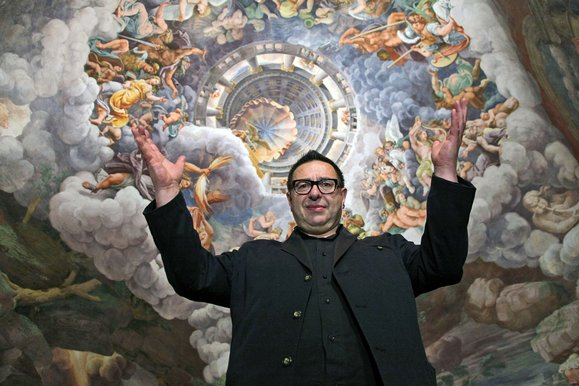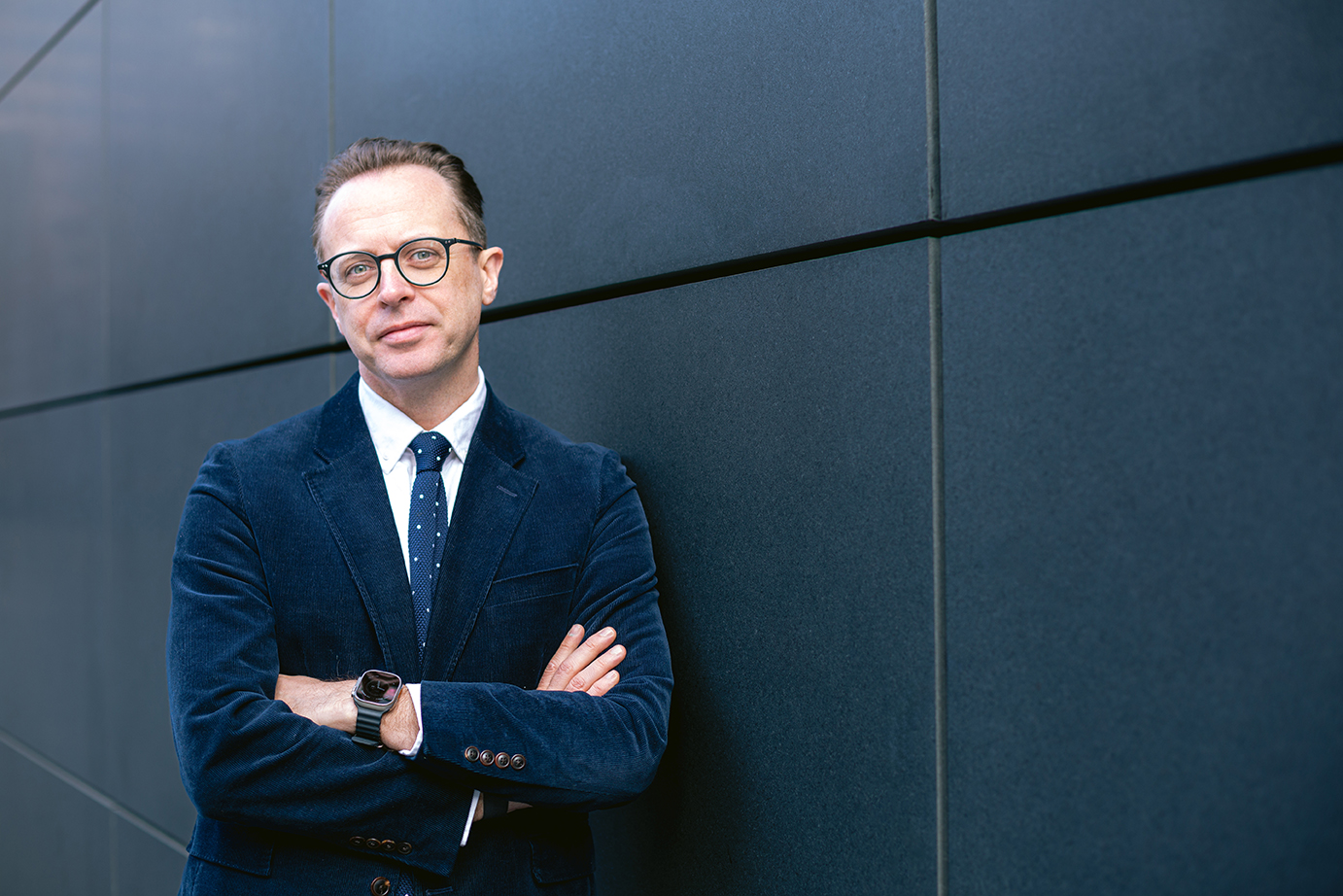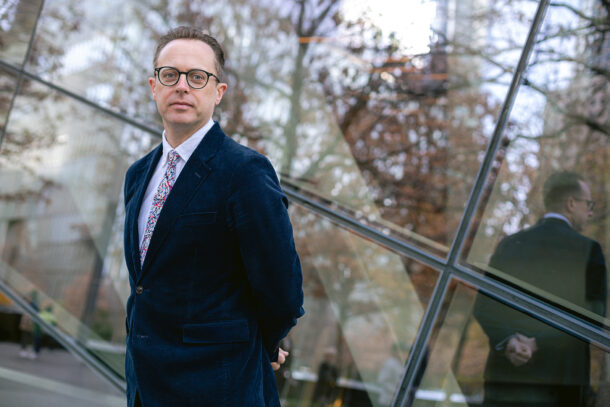Above: The art critic, Waldemar Januszczak, in a photo I nicked lovingly from his website.
Most of us are dreadful at communicating because we haven’t done the thinking about why. Who our audience is, what we’re trying to say, what we want them to do. The truth is, most of us over-communicate because we never find the answers to the big questions. What are we here for? What’s the point of my getting out of bed in the morning?
I would like to leave the world no worse off than when I entered it. That’s my why. It’s not exactly visionary or hugely egotistical but it beats slinging truck tires for a living. I did that for a bit when I first left journalism. It was mindless and dull and full of disappointed people. And then, of course, one could do a lot worse. One could be Elon Musk.
Surround yourself with artists. That’s a good maxim for living. With people who haven’t given up yet and who’ll rage against the dying of the light. I grew up in the suburbs. Everybody’s parents had made their choices. They’d made the trade you make when you want “a bit more space” and “a nicer garden”. Then you find yourself living out in zone five and unprepared to make the sacrifices you would need to, to leave. Less space and no yard seem like easy options for me, without being too judgmental. I could see myself leaning the other way on a bad day. Our parents were all just doing the best they could and I’m grateful for all of them.
I spend most of my time writing for good causes. If they come to me asking for some writing, I’ll usually ask who they’re trying to persuade to do what, and why. Then we go for it. That’s it. Then I’ll send my invoice. It’s an unusual privilege to charge for my writing but it’s a craft, most of the time. Not an art. On good days I strive for something a bit deeper. I want to inspire people to do better and dream bigger and have more generous hearts. You can do this. Si se puede. You know?
Great communication, though, tends to have a lot in common with great art. The “why” transcends the everyday. It dares to shake people out of their complacency and inspire them to go deeper. Deeper than what? Well, exactly. That’s where the questions started for me as a teenager, even all the way out in zone five.
When people ask if AI could ever take the job of great writers I want to say: “why are you asking me such a pedestrian question?” Then I want to tell them to go and find some great writing. “Read Brighton Rock by Graham Greene,” I’ll suggest. “Then come back and show me anything that can make you feel like that did, written by a computer.”
That’s usually when they would probably tell me they were only looking for somebody to write a few pages for their website. Fair enough, I’d say. You should probably just ask a robot to do it. But what’s the point? You might as well not bother at all, really, in the grander scheme of things, if that’s your attitude. This conversation all happens in my head, of course, because I’m far too polite to tell people what I’m really thinking, most of the time.
I’m not comparing myself to Graham Greene, either. He was a manic depressive, and as the son of a private school headmaster would play games of Russian roulette with a stolen pistol. So, he’s hardly the world’s greatest example. But done well, great writing like his approaches art. And we can aspire to higher things, occasionally. Can’t we? I’ve also found a TV presenter and writer, recently, who’s inspired me to think harder along these lines. I first came across Waldemar “Waldy” Januszczak when my kid was a baby. I’d watch his art documentaries at three o’clock in the morning on BBC Select. They were excellent. I forgot a lot of them in the haze of early fatherhood. But I came back across him recently and I’ve been on a Waldemar binge.
He is also an art writer at the Sunday Times. His why seems to be to make art accessible to everyone and to remove snobbery and elitism from a field rife with it. You can watch some of his films on YouTube and I’d recommend them. Here’s one on the art of the American Metropolis. I just watched one about Rubens on Amazon Prime. His biography is amazing:
Waldemar was born in Basingstoke, Hampshire, to Polish refugees who had arrived in Britain after World War II. His father, a policeman in Poland, whose job had included exposing Communists, found work as a railway carriage cleaner and died, aged 57, when a train ran over him at Basingstoke station. His widow, then aged 33, found work as a dairymaid. Waldemar was one year old.
And this:
Between 1979-1987, he was The Guardian’s chief art critic, and then briefly became its literary editor, an undistinguished career move whose highlight was Waldemar’s decision not to bother reviewing a new novel called The Satanic Verses that had been sent in by Salman Rushdie. Having speed-read a few pages, Waldemar decided it wasn’t worth the effort. A decision by which he still stands today. His features editor at the time, Richard Gott, was later outed as KGB agent of influence. Waldemar, who travelled to Moscow with Richard on a glorious two week writing and drinking assignment, never suspected a thing. But the experience meant he was later able to identify the MI6 operatives working at The Guardian. Some of whom are still there.
All I can say is, seek him out and watch a few videos. Read a few articles. He’ll make you appreciate your life through the best of lenses and that’s the best we can really ask of each other in the end. It’s a great “why.” What’s yours?
—Matt Davis is a communications consultant and writer for a wide variety of clients. He also teaches yoga and lives with his wife and son in New York


